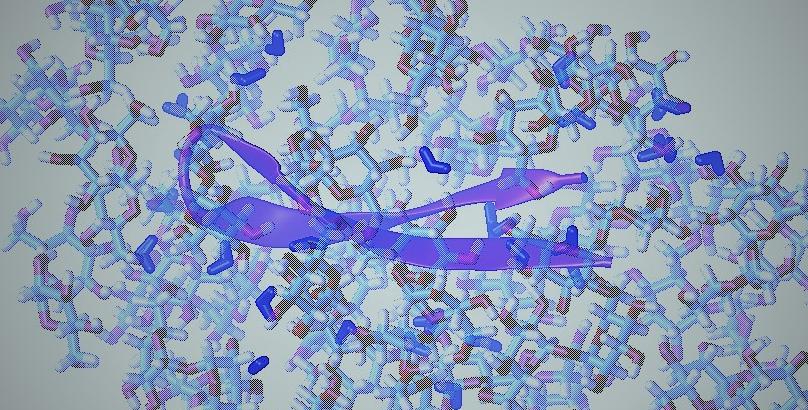Citation:
Abstract:
Protein–protein interactions are modulated by their environment. High macromolecular solute concentrations crowd proteins and shift equilibria between protein monomers and their assemblies. We aim to understand the mechanism of crowding by elucidating the molecular-level interactions that determine dimer stability. Using 19F-NMR spectroscopy, we studied the effects of various polyethylene glycols (PEGs) on the equilibrium thermodynamics of two protein complexes: a side-by-side and a domain-swap dimer. Analysis using our mean-field crowding model shows that, contrary to classic crowding theories, PEGs destabilize both dimers through enthalpic interactions between PEG and the monomers. The enthalpic destabilization becomes more dominant with increasing PEG concentration because the reduction in PEG mesh size with concentration diminishes the stabilizing effect of excluded volume interactions. Additionally, the partially folded domain-swap monomers fold in the presence of PEG, contributing to dimer stabilization at low PEG concentrations. Our results reveal that polymers crowd protein complexes through multiple conjoined mechanisms, impacting both their stability and oligomeric state.
Notes:


